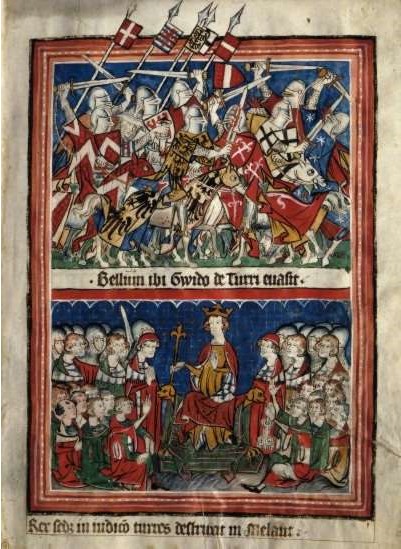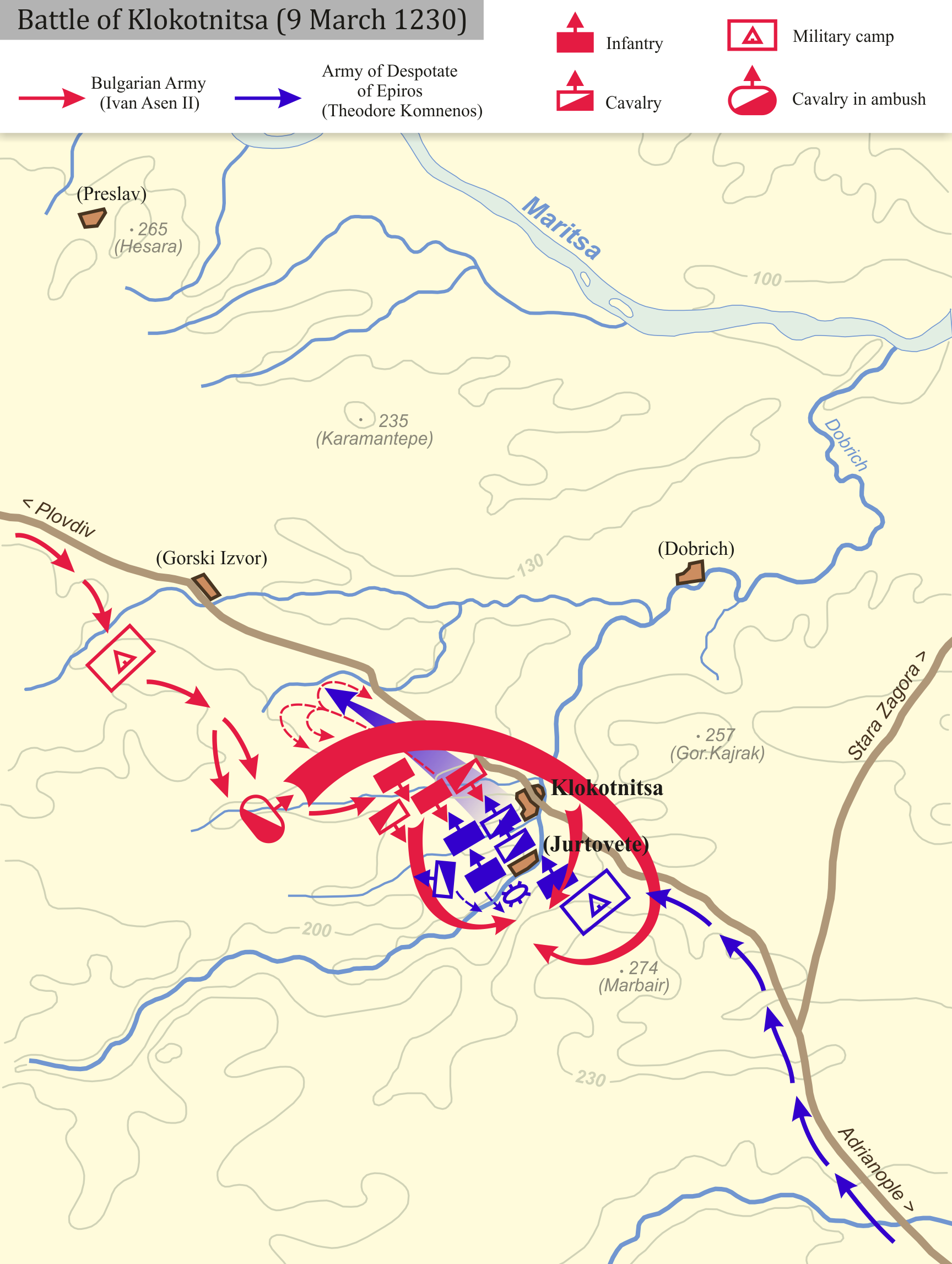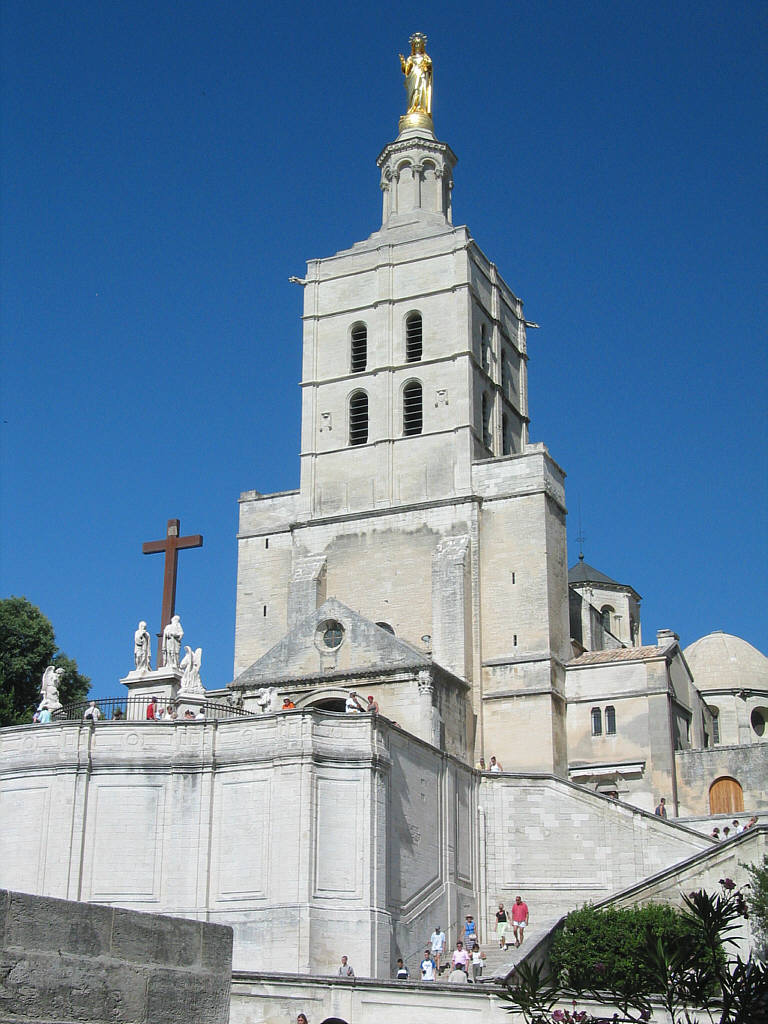|
Leonardo Patrasso
Leonardo Patrasso (Alatri, 1230 – Lucca, 7 December 1311) was an Italian Franciscan and Cardinal. He was a canon at Alatri, and from 1290 its bishop. He was bishop of Aversa from 1297 to 1299. His nephew, , made him a cardinal in the Consistory of 2 March 1300. Dean of the Sacred College of ...
[...More Info...] [...Related Items...] OR: [Wikipedia] [Google] [Baidu] |
Leonardo Patrasso (cropped)
Leonardo Patrasso (Alatri, 1230 – Lucca, 7 December 1311) was an Italian Franciscan and Cardinal (Catholicism), Cardinal. He was a canon at Alatri, and from 1290 its bishop. He was bishop of Aversa from 1297 to 1299. His nephew, Pope Boniface VIII, made him a cardinal in the Consistory of 2 March 1300. Dean of the Sacred College of Cardinals, August 1309 until his death. Notes [...More Info...] [...Related Items...] OR: [Wikipedia] [Google] [Baidu] |
Bishop Of Aversa
The Diocese of Aversa () is a Latin diocese of the Catholic Church in Campania, southern Italy, created in 1053. It is situated in the ''Terra di Lavoro'' (Liburia), seven miles north of Naples, and eight miles south of Capua. It is suffragan of the Archdiocese of Naples."Diocese of Aversa" ''''. David M. Cheney. Retrieved April 16, 2016."Diocese of Aversa" ''GCatholic.org.'' Gabriel Chow. Retrieved February 29, 2016. History Medieval period The city of[...More Info...] [...Related Items...] OR: [Wikipedia] [Google] [Baidu] |
14th-century Italian Cardinals
The 14th century lasted from 1 January 1301 (represented by the Roman numerals MCCCI) to 31 December 1400 (MCD). It is estimated that the century witnessed the death of more than 45 million lives from political and natural disasters in both Europe and the Mongol Empire. West Africa experienced economic growth and prosperity. In History of Europe, Europe, the Black Death claimed 25 million lives wiping out one third of the European population while the Kingdom of England and the Kingdom of France fought in the protracted Hundred Years' War after the death of King Charles IV of France led to a claim to the French throne by King Edward III of England. This period is considered the height of chivalry and marks the beginning of strong separate identities for both England and France as well as the foundation of the Italian Renaissance and the Ottoman Empire. In History of Asia, Asia, Tamerlane (Timur), established the Timurid Empire, history's third largest empire to have been ever ... [...More Info...] [...Related Items...] OR: [Wikipedia] [Google] [Baidu] |
Deans Of The College Of Cardinals
Deans may refer to: People * Austen Deans (1915–2011), New Zealand painter and war artist; grandfather of Julia Deans * Bob Deans (1884–1908), New Zealand rugby union player; grandson of John and Jane Deans * Bruce Deans (1960–2019), New Zealand rugby union player; brother of Robbie Deans * Colin Deans (born 1955), Scottish rugby union player * Craig Deans (born 1974), Australian football (soccer) player * Diane Deans (born 1958), Canadian politician * Dixie Deans (born 1946), Scottish football player (Celtic) * Ian Deans (1937–2016), Canadian politician * Jane Deans (1823–1911), New Zealand pioneer and community leader; wife of John Deans * John Deans (1820–1854), New Zealand pioneer, husband of Jane Deans and brother of William Deans * Julia Deans, New Zealand singer-songwriter; granddaughter of Austen Deans * Kathryn Deans, Australian author * Louise Deans, New Zealand Anglican priest * Mickey Deans (1934–2003), fifth and last husband of Judy Garland * Ray Dean ... [...More Info...] [...Related Items...] OR: [Wikipedia] [Google] [Baidu] |
Italian Franciscans
Italian(s) may refer to: * Anything of, from, or related to the people of Italy over the centuries ** Italians, a Romance ethnic group related to or simply a citizen of the Italian Republic or Italian Kingdom ** Italian language, a Romance language *** Regional Italian, regional variants of the Italian language ** Languages of Italy, languages and dialects spoken in Italy ** Italian culture, cultural features of Italy ** Italian cuisine, traditional foods ** Folklore of Italy, the folklore and urban legends of Italy ** Mythology of Italy, traditional religion and beliefs Other uses * Italian dressing, a vinaigrette-type salad dressing or marination * Italian or Italian-A, alternative names for the Ping-Pong virus, an extinct computer virus * ''Italien'' (magazine), pro-Fascist magazine in Germany between 1927 and 1944 See also * * * Italia (other) * Italic (other) * Italo (other) * The Italian (other) The Italian may refer to: * ''The Italia ... [...More Info...] [...Related Items...] OR: [Wikipedia] [Google] [Baidu] |
1311 Deaths
Year 1311 ( MCCCXI) was a common year starting on Friday of the Julian calendar. Events January – March * January 6 – Henry VII, the future Holy Roman Emperor, is crowned King of Italy in Milan with a mock-up of the Iron crown of Lombardy. The Tuscan Guelphs refuse to attend the ceremony and begin preparing for resistance against Henry's rule. Henry approves the despotic regimes of Matteo I Visconti in Milan and Cangrande I della Scala in Verona. The cities of Piedmont and Lombardy submit to Henry – in accordance with the proclaimed program of peace and justice. Florence and their Guelph (anti-imperialist) allies in Tuscany and Romagna move to defend themselves against Henry's accession.Jones, Michael, ''The New Cambridge Medieval History, Vol. VI: c. 1300-c. 1415'', Cambridge University Press, 2000. Page 533ff * February 12 – Milan Uprising: German forces under Baldwin of Luxembourg (brother of Henry VII) crush the Italian Guelph troops, led by Guido della ... [...More Info...] [...Related Items...] OR: [Wikipedia] [Google] [Baidu] |
1230 Births
Year 1230 ( MCCXXX) was a common year starting on Tuesday of the Julian calendar. Events By place Byzantine Empire * March 9 – Battle of Klokotnitsa: Byzantine forces under Theodore Komnenos (Doukas) invade Bulgaria, breaking the peace treaty with Tsar Ivan Asen II. Theodore gathers a large army, including western mercenaries. The two armies meet near the village of Klokotnitsa. Ivan applies clever tactics and manages to surround the Byzantines. They are completely defeated, only a small force under Theodore's brother Manuel Doukas manages to escape the battlefield. Theodore is taken prisoner and is blinded. In the aftermath, Ivan quickly extends its control over most of Theodore's domains in Thrace, Macedonia and Albania. The Latin Duchy of Philippopolis and the independent principality of Alexius Slav are also captured and annexed into Bulgaria. Europe * King Alfonso IX defeats Ibn Hud al-Yamani (known as Almogàver by the Christians). This success open ... [...More Info...] [...Related Items...] OR: [Wikipedia] [Google] [Baidu] |
Arnaud D'Aux
Arnaud d'Aux (1260/70–August 1320) was a relative of Pope Clement V, who named him bishop of Poitiers (November 1306), and then cardinal-bishop of Albano (23 December 1312). He accompanied cardinal Arnaud Nouvel in England in 1312. He acted also as Camerlengo of the Holy Roman Church The camerlengo of the Holy Roman Church is an office of the papal household that administers the property and revenues of the Holy See. Formerly, his responsibilities included the fiscal administration of the Patrimony of Saint Peter. As regu ... from 1311 until 1319. He participated in the papal conclave, 1314-1316 and died at Avignon. References 13th-century births 1320 deaths 14th-century French cardinals Cardinal-nephews Year of birth uncertain Camerlengos of the Holy Roman Church Bishops of Poitiers Cardinal-bishops of Albano {{Italy-reli-bio-stub ... [...More Info...] [...Related Items...] OR: [Wikipedia] [Google] [Baidu] |
Cardinal-bishop Of Albano
The Diocese of Albano () is a Latin suburbicarian see of the Diocese of Rome in Italy, comprising seven towns in the Province of Rome. Albano Laziale is situated on the Appian Way some from Rome. Since 1966, it has both a titular bishop and a diocesan bishop. Early history The city of Albano is located at the fifteenth milestone from Rome on the Via Appia Antiqua, and two miles from the ancient Alba Longa. A villa of Pompey the Great and a villa of the Emperor Domitian were located in the area. It had an amphitheater by the second half of the first century A.D. In 197, the Emperor Septimius Severus created the Legio II Parthica, whose headquarters was at the Castra Albana, until they were disbanded by the Emperor Constantine (306–337). According to the ''Liber Pontificalis'' the Emperor Constantine I provided the city with a new basilica, that of Saint John the Baptist: :''fecit basilicam Augustus Constantinus in civitate Albanensis, videlicet S. Joannis Baptista ... [...More Info...] [...Related Items...] OR: [Wikipedia] [Google] [Baidu] |
Gonzalo Pérez Gudiel
Gonzalo Pérez 'Gudiel' (1238/9–1299), simply Gonzalo Pérez during his life (''Gonzalbo Petrez'', غنصالبه نيطرص, in his native mozarab Arabic), and wrongly Gonzalo García Gudiel in later church tradition,Jean-Pierre Molénat, ''Campagnes et monts de Tolède du XIIe au XVe siècle'', Madrid, 1997, pp. 150, 155, 157 was a Castilian prelate and statesman in the service of kings Alfonso X and Sancho IV and of Pope Boniface VIII. He was Bishop of Cuenca (1272) and Burgos (1275) and then Archbishop of Toledo (1280), the first official Primate of Spain (1285) and finally Cardinal-Bishop of Albano (1298) in the Roman Curia. His early career was that of an international scholar, before he settled into royal service. The future cardinal was born at Toledo in 1238 or 1239 into the city's mozarab gentry, to ''alguacil alcalde'' Pedro Juanes and his wife Teresa Juanes, daughter of ''alguacil alcalde'' Juan Ponce. The surname under which he is known, Gudiel, was attached ... [...More Info...] [...Related Items...] OR: [Wikipedia] [Google] [Baidu] |
Landolfo Brancaccio
Landolfo Brancaccio (? in the Kingdom of Naples – 29 October 1312 in Avignon) was a Neapolitan aristocrat, friend of King Charles II of Naples, and Roman Catholic Cardinal. Latter career Brancaccio first emerges in a record of his creation as Cardinal-Deacon by Pope Celestine V in the Consistory of 18 September 1294, and assignment to the Deaconry of Sant'Angelo in Pescheria in Rome. He attended the Conclave of 23–24 December 1294, which followed the resignation of Pope Celestine V. Benedetto Caetani was elected Pope Boniface VIII at the accession after the first ballot. Cardinal Landolfo was appointed Legate in the Kingdom of Sicily (i.e. the Kingdom of Charles II of Naples) by Boniface VIII on 6 April 1294, and Administrator of the Kingdom of Naples along with Filippo Prince of Taranto, Vicar of the Kingdom of Naples. On 28 January 1298 Pope Boniface ordered his Apostolic Legate, Cardinal Landolfo, Cardinal Deacon of Sant'Angelo, to carry out the gift of the mona ... [...More Info...] [...Related Items...] OR: [Wikipedia] [Google] [Baidu] |



